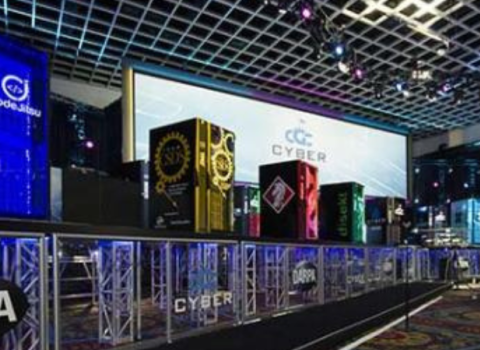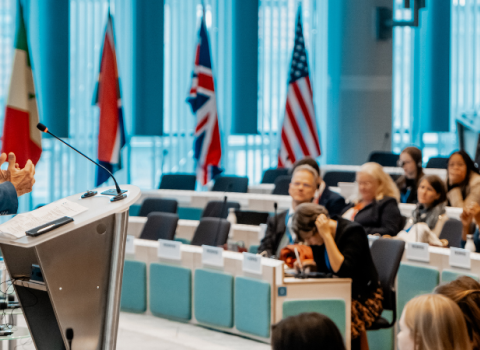Joint Research Centre’s foresight report outlines four scenarios showing how Europe could transform its agriculture and industry and meet (or miss) global climate targets

Experts in the European Commission’s in-house science service, the Joint Research Centre (JRC), have built four alternative scenarios for how the EU bioeconomy could contribute to achieving the climate targets set in the Paris accord.
A team of six core experts has drawn on intelligence from more than 50 specialists, from across policy, civil society, industry and academia, to set out four possible scenarios for the EU bioeconomy in 2050.
The bioeconomy includes all economic and industrial sectors that rely on renewable biological resources. It currrently generates 4.7% of EU GDP and employs 8.9% of its labour force.
The foresight report is part of broader initiative by the Commission to integrate forward-looking strategies into EU policymaking. Last year, the Commission published a Strategic Foresight Report outlining Europe’s potential to transform its industry and agriculture, while protecting the environment.
“Strategic foresight helps identify future challenges and ways to prepare for them, by supporting decision-making in an impactful way. Applied to bioeconomy, it is therefore vital, as we live in a world of limited resources,” said EU vice-president for foresight Maroš Šefčovič.
Back in 2018, the EU presented its bioeconomy strategy to boost investments and develop a circular and more sustainable economy for Europe. More recently, the JRC with the help of the Commission’s directorate for research and innovation has created a network of research experts to contribute to a Knowledge Centre for Bioeconomy with forward-looking analyses.
The five scenarios describe plausible directions for the bioeconomy in 2050:
- Scenario 'Do it for us': A consistent and coherent set of policies is designed and implemented to foster radical change in the supply systems, but society resists making significant changes to consumption patterns. In this scenario, the Paris target of a 1.5°C rise in global temperatures by 2010 is nearly achieved.
- Scenario 'Do it together': Both the political system and society are aligned to achieve climate-neutrality goals and businesses are able to adapt faster. In this scenario, the Paris accord target is met.
- Scenario 'Do it ourselves': Consumers change their attitudes and behaviour in the aftermath of a series of climate crises, but policy makers are unable to implement significant climate policies. In this scenario, the Paris target is missed and global temperatures would increase by 2.5°C by the turn of the next century.
- Scenario 'Do what is unavoidable': Lifestyles do not change significantly and the political system is not able to enforce proactive policies, limiting itself to adopting measures in reaction to crises. In this scenario, Paris target is clearly missed.





 A unique international forum for public research organisations and companies to connect their external engagement with strategic interests around their R&D system.
A unique international forum for public research organisations and companies to connect their external engagement with strategic interests around their R&D system.